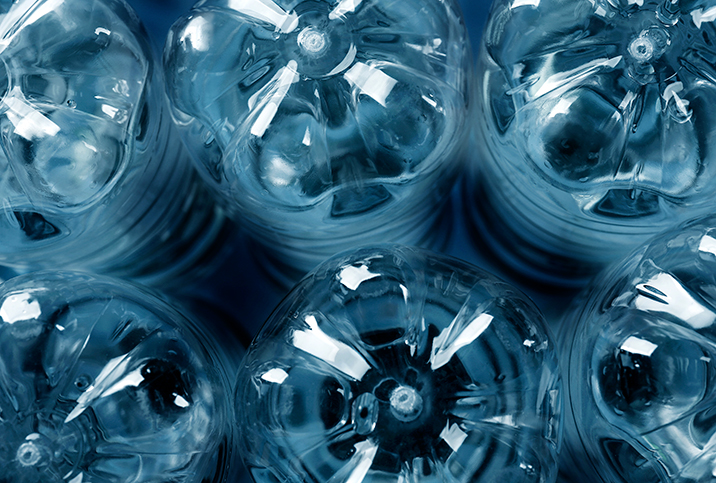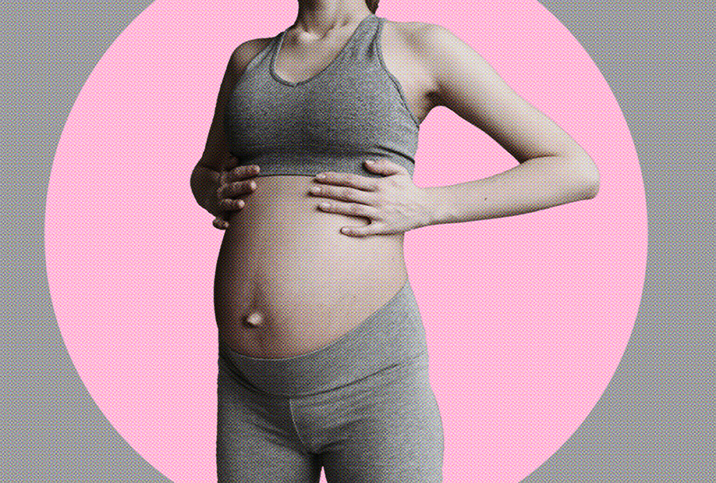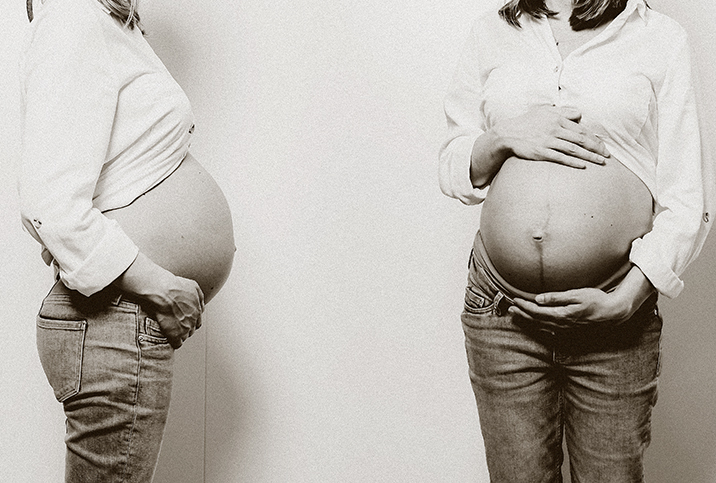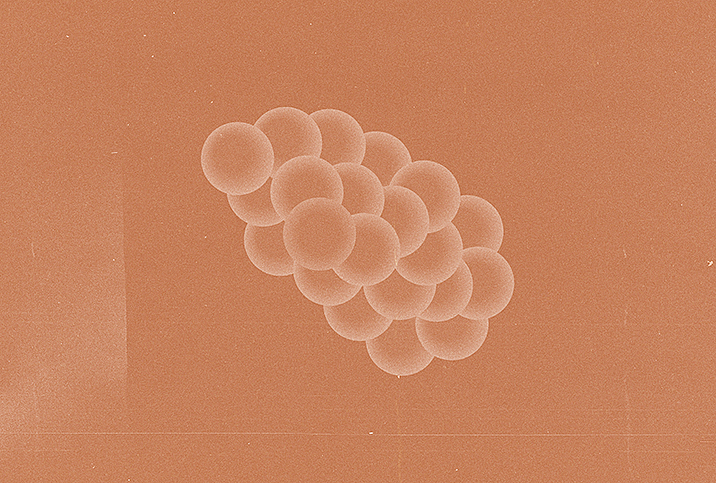Procedures and Complications of Treating Uterine Fibroids

Uterine fibroids are benign (noncancerous) growths on the uterus. They're also quite common. An estimated 11 million women in the United States live with uterine fibroids.
Fortunately, you have access to effective treatments if fibroids are causing unpleasant symptoms such as heavy periods, pelvic pain or fertility problems.
"Treatments for fibroids vary depending on your wishes, the location and size of the fibroids, and your reproductive interests," said Monte Swarup, M.D., a board-certified OB-GYN with Women's Health Arizona in the Phoenix area and the founder of Vaginal Health Hub, an online community dedicated to women's health.
Here is a closer look at your treatment options for fibroids.
Do your fibroids require treatment?
"Small fibroids that do not have symptoms do not require treatment," Swarup said.
Which fibroids need to be treated? If you're experiencing any of the following symptoms, Swarup suggested talking to your doctor about treatment:
- Heavy, painful periods
- Excessive bleeding between periods
- Pelvic pain
- Fertility problems
- Uncertainty if the growth is a fibroid or a potentially cancerous tumor
Drug treatments for fibroids
Medications don't destroy fibroids. Some medications do help shrink them. Your doctor might recommend a medication that simply relieves symptoms, including:
- Nonsteroidal anti-inflammatory drugs (NSAIDs). Over-the-counter NSAIDs such as ibuprofen and naproxen may help with pelvic pain, dyspareunia (painful intercourse) or painful periods.
- Birth control pills. Hormonal birth control contains hormones that prevent pregnancy by stopping ovulation. The result for fibroid patients? Lighter, less painful periods, according to Swarup.
- Gonadotropin-releasing hormone (GnRH) agonists. These medications shrink fibroids by blocking the production of certain hormones. However, GnRHs also stop your period, putting you into medical menopause. Talk with your doctor about potential side effects, Swarup recommended, as these can include vaginal dryness, night sweats and bone loss.
- Progestin-releasing intrauterine device (IUD). An IUD can help with painful, heavy periods. However, Swarup emphasized that IUDs don't directly treat fibroids, and they're only recommended if your fibroids don't distort the shape of your uterus.
- Tranexamic acid. This nonhormonal medication helps treat heavy bleeding. It does not treat fibroids directly, but when taken as directed, it can reduce blood loss without stopping your periods.
Procedures to treat fibroids
Sometimes medication isn't enough to manage fibroid symptoms. In that case, your doctor might recommend surgical treatment.
A hysterectomy, the surgical removal of the uterus, is the only way to eliminate the risk of future fibroids, but it destroys any chance of pregnancy. If you want to maintain the ability to get pregnant or simply don't want to undergo a hysterectomy, there are other options to destroy or remove fibroids.
Uterine artery embolization
Uterine artery embolization is a procedure that shrinks fibroids by cutting off their blood supply, according to the American College of Obstetricians and Gynecologists (ACOG). This procedure is typically performed on an outpatient basis; you go home afterward instead of spending a night in the hospital.
During the procedure, your doctor inserts a catheter into an artery at the top of your leg, near your pelvic region. The catheter is then pushed into your uterine arteries. Next, the doctor puts very tiny particles through the catheter and into the artery to block the blood supply to your fibroids.
Ablation
Ablation is the technical term for the removal or destruction of tissue. Ablation procedures for fibroids involve destroying the fibroids through radio waves (radiofrequency ablation) or freezing temperatures (called cryomyolysis).
Your doctor likely can perform radiofrequency ablation (RFA) or cryomyolysis by using a laparoscopy procedure. This type of surgery involves making two small incisions in the abdomen, one for the laparoscope (a thin instrument with a camera at the end) and one for the device used to heat or freeze the fibroid tissue.
The benefit of ablation is that it is a minimally invasive way to shrink or destroy fibroids. However, you need to set aside a few days for recovery after the procedure. Ablation also affects fertility, so ACOG recommends avoiding this treatment if you want to get pregnant.
Myomectomy
Myomectomy involves the surgical removal of only the fibroids. Your doctor might suggest this procedure if you want to keep your uterus to preserve your ability to get pregnant.
A myomectomy is a very effective treatment for existing fibroids. Research suggests this procedure relieves symptoms in up to 90 percent of fibroid patients. On the downside, it doesn't eliminate the risk of developing fibroids in the future.
Depending on the size and number of fibroids, your surgeon might suggest a laparoscopic, robotic or open abdominal myomectomy. An abdominal myomectomy requires a hospital stay, while most laparoscopic and robotic myomectomies are outpatient procedures, according to Mayo Clinic.
Hysterectomy
A hysterectomy is a surgical procedure that removes the uterus. It is the only permanent, proven way to permanently eliminate fibroids. However, it also permanently ends your ability to get pregnant.
Depending on your situation, your doctor may recommend a vaginal, laparoscopic or open abdominal hysterectomy. Regardless of how it's performed, a hysterectomy is considered major surgery.
An abdominal hysterectomy is similar to a cesarean section. A surgeon cuts into the abdominal cavity and removes the uterus. Recovery can take up to eight weeks.
During a vaginal hysterectomy, the surgeon removes the uterus through the vaginal canal. The procedure is less invasive than an abdominal procedure, but recovery can take up to four weeks. This procedure might not be an option if you have very large fibroids.
During a laparoscopic hysterectomy, a surgeon makes two small incisions and inserts a laparoscope and surgical instruments. The surgeon removes the uterus in sections through the small incision (or sometimes through the vagina).
Complications to consider
In most cases, fibroids do not cause significant issues or complications, according to Swarup. Some don't require treatment at all. Of course, some do, though the choice to treat or not is always left up to the patient.
"If you find out you have fibroids and wish to leave them untreated, there are a number of factors to consider," Swarup explained.
Fertility
Fibroids can cause infertility. But on the flip side, some fibroid treatments—namely, a hysterectomy—eliminate the possibility of future pregnancies. Have a detailed discussion with your doctor about the risks and benefits of each treatment (or avoiding treatment) if you want to preserve your ability to get pregnant.
Fibroid monitoring
Sometimes fibroids grow. Sometimes they shrink. Choosing to leave fibroids untreated opens the potential for them to develop further, potentially causing pain and abdominal swelling. Of course, you and your doctor can make appointments to keep monitoring their size over time.
Risk of new fibroids
Hysterectomy is the only uterine fibroid treatment that eliminates the possibility of developing more fibroids. The risk of recurrence varies with each treatment. No matter which treatment you're considering for now or in the future, remember there's a chance your fibroids could come back and require further treatment.
Are you experiencing symptoms that could implicate fibroids: heavy, painful periods, excessive bleeding between periods, pelvic pain, fertility problems? You should see your doctor. If you don't currently have a doctor or are looking for a new one—you've moved, your longtime physician retired, you just need a change—Giddy telehealth takes the difficulty out of the search.
The easy-to-use online service provides access to hundreds of healthcare professionals who have expertise across the full scope of medical care. Many of them specialize in women's health and offer same-day video visits.


















